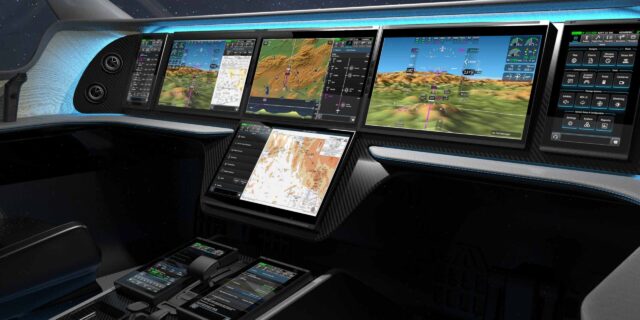Avionics Unveiled: Navigating the Future of Flight

About Course
Avionics Unveiled: Navigating the Future of Flight offers an exhilarating exploration into the heart of modern aviation technology. This course delves into the crucial role of avionics—the sophisticated systems that power advanced aircraft—from next-generation cockpit displays and secure communication networks to cutting-edge navigation and situational awareness tools. Students will embark on a journey through the evolution of avionics technology, examining both commercial and military applications, and discovering how innovations like IoT integration, cybersecurity strategies, and AI-enhanced human-machine interfaces are transforming the way we fly. With a focus on real-world case studies and emerging trends, this course paints a vivid picture of how advanced avionics are shaping the future of both supersonic travel and unmanned aerial vehicles.
In this dynamic course, learners will gain a comprehensive understanding of the components and systems that make modern aircraft smarter, safer, and more efficient. From understanding the intricate architecture of avionics systems and the challenges of integrating hardware with software to exploring the future of supersonic flight and drone technology, every module is designed to empower students with both the theoretical knowledge and practical insights needed to thrive in the rapidly evolving aviation industry. Whether you’re aiming to advance your career in aerospace engineering, cybersecurity, or unmanned systems, this course will equip you with the tools to navigate the complex and exciting future of flight.
Course Content
Introduction: The Crucial Role of Avionics in Modern Aviation
The Crucial Role of Avionics in Modern Aviation
00:00Overview of What to Expect in the Ebook
00:00